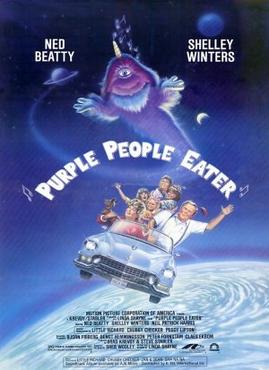"Alright settle down, Tom, don't you dare throw that paper airplane. (
Alright! We have a sub!)
You all know the deal, sit down. Mrs. G. left instructions to have you do the Scholastic Math (
I hate those!) but she also said that if I wanted, I could do something else (
Yeah!).
"So here's the deal, everyone has to draw this grid on piece of paper...
"...and fill in each of the squares with the numbers 1,2,3,4,5,6,7,8, and 9. (
Is this like Sudoku?) It's a little like Sudoku. (
I hate Sudoku.) Ok, it's nothing like Sudoku. You have to put the numbers so that all the columns add to 15 and all the rows add to 15. If you're really bright (
Well that leaves me out.) then try and get it so that the diagonals add to 15 as well.
"(
This looks hard.) It is hard. (
I suck at math.) That's ok, math is hard, just keep trying."
Eventually....
"(
Oh, I think I have it!) Awesome! Now try for the four by four case.
"(
What numbers do we use?) You have to use 1,2,3,4,5,6,7,8,9,10,11,12,13,14,15, and 16. (
What do they add up to). I don't know. (
You're not going to tell us what they add up to?) Nope. (
Then it's impossible.) No it's not. (
How can we make all the rows and columns add to the same number if you don't tell us what they have to add to?) Maybe you should try and figure it out. (
How?) I don't know. Anyone have any ideas?
"(
Add up all the numbers and then divide four.) That's an awesome idea. (
Can we use calculators?) No. (
But...) No. (
But...) No. (
You're mean.) Yep. (
So we have to add up all the numbers by hand?) That's not how I would do it. (
How would you do it?) I would start by adding all the numbers twice:
"Why might I do that? (
Because you're crazy?) Any other ideas? No? Well, what's 1+16? (
17) and what 2+15? (
17) and what's 3+14 (
17) and what's the pattern here? (
They're all 17!) And how many 17s are there? (
16)
"(
So the answer is 17 times 16?) (
That's magic!) Not so quick. Remember that I added all of the numbers twice. (
So the answer is 17 times 16 divided by 2?) Yes, that will give you the total. (
Can we use calculators now?) Of course not. (
So we have to do 17 times 16 by hand?) Not at all. Who can tell me how to simplify this?
"(
Cancel the 2) And? (
17 times 8... is that the answer?) Well we wanted to divide the answer by 4, remember?
"(So it's 17 times 2) What's that? (34!) Fantastic! Alright, somebody figure out the 4 by 4 case. (And then are you going to make us do the 5 by 5 case?) Yep."
Epilogue.
Of the three seventh grade classes I taught (about twenty students a piece), three students managed to solve the 4 by 4 magic square. One student skipped recess to work on it. Many students did not take to this assignment. One girl in particular was straight-up pissed. (Things were thrown.) Eventually though, she figured it out and was elated.









